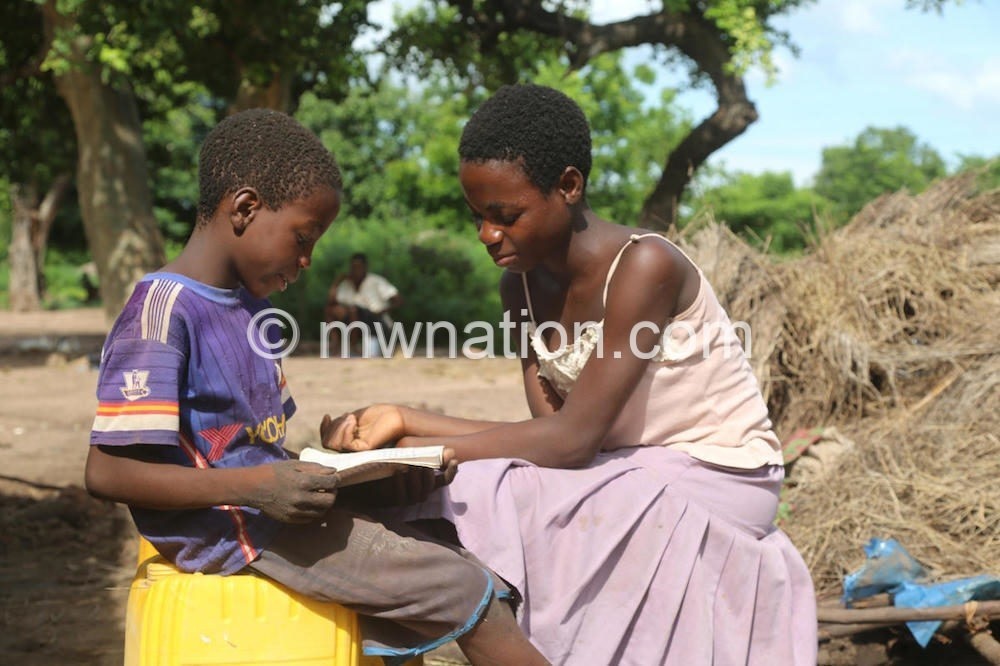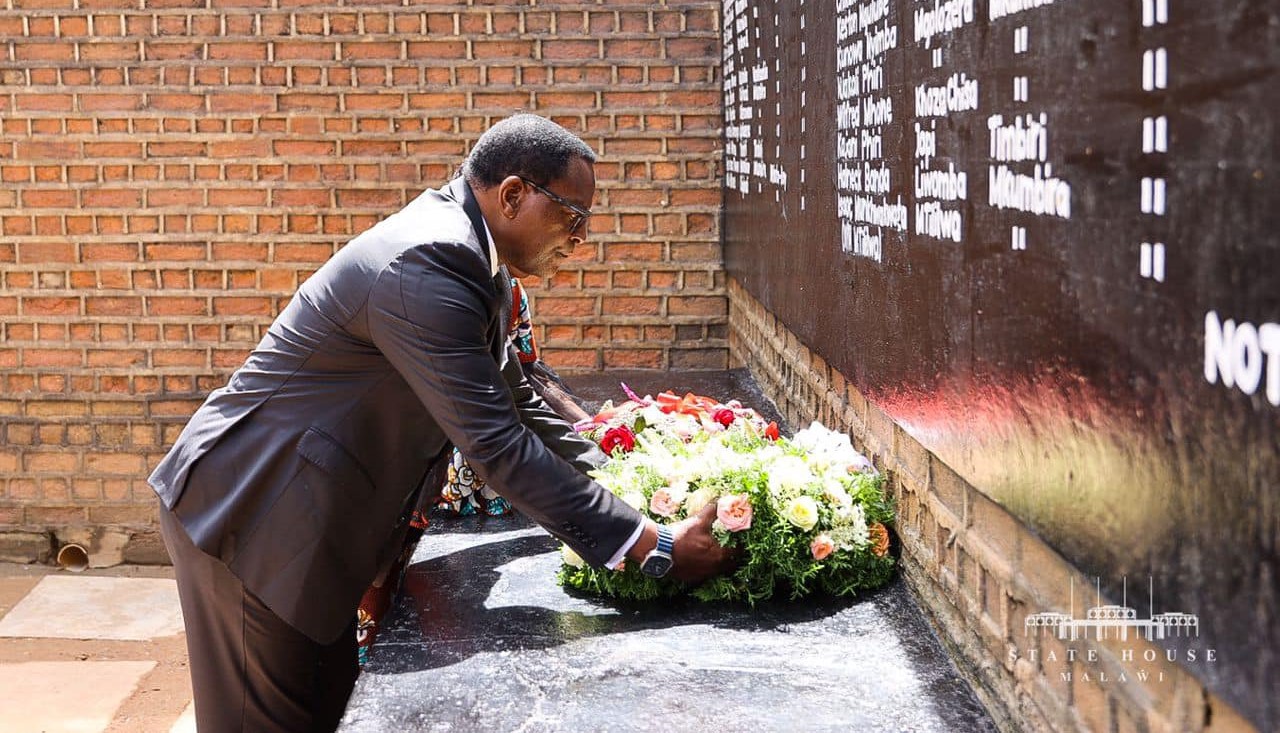Protecting children from violence
I started working as a child protection officer at Unicef Malawi in February 2019. A massive flood that displaced 87 000 people occurred just after three weeks of my arrival. I was deployed to the affected areas in the southern part of Malawi twice after the floods. The first time was immediately after the flood for assessment, and the other for the response from April 25 to May 9.

In emergencies, children are exposed to great risks of violence and stress. I visited several evacuation sites, which are mostly schools or churches. Children sleep in the classrooms sometimes without any mat, blanket, or mosquito nets. One child told me that she felt uncomfortable to sleep with so many other people from different villages who had different cultures and lifestyles. Also, in some sites, the classrooms are not locked during the night, which increases the risk of trafficking, violence, especially gender-based violence for adolescent girls and women.
I visited one of the evacuation sites in Chikwawa district to monitor the psychosocial activities for affected children being implanted by Unicef’s partner, Save the Children. The activity is called the “Healing through Art” programme. Children were asked to draw the fear that they experienced during and after the floods.
Lucia (not her real name), a 15 year-old girl shared her anxiety experience by drawing the picture.“This is me and a man. He asked me to sleep with him. I wanted to run away from him, but I was really scared,” said Lucia. A shortage of basic needs such as food, school material motivates children and adolescent girls to accept such offers in exchange for their immediate needs, which is a coping mechanisms to survive. Child Marriage is also one of the typical coping mechanism for girls and their families.
The principle of Unicef assistance is strengthening the existing child protection mechanisms to support the needs of children as it ensures continuity and sustainability of assistance for children. Unicef’s first response was to ensure that a minimum child protection system is in place in all evacuation sites. I visited 12 camps during my deployment and checked whether child protection workers are visiting the camps to check on the wellbeing of children, and other child protection issues such as child abuse, exploitation and neglect.
We also checked whether there is a Children’s Corner where children can play, learn, socialise, and get psychosocial support. We also made sure that mechanisms were put in place to enable people report of any violence or exploitation experienced. For example, a community structure such as a camp committee, a child protection committee and a mother group could be one of the systems. Also, we advocated for the toll-free helplines for child protection and Gender-Based Violence because sometimes, community structures hesitate to refer the cases to other services such as police and settle down the case internally.
In cases where we found out that there were no Children’s Corners available, where children in the evacuation sites could spend their free time, Unicef facilitated the District Social Welfare Office to establish the centre and provided Children’s Corners kits. When my colleague and I visited Chilwekha camp in Nsanje on 28 April, we found that there was no Children’s Corner nor recreation kits and many children were kept idle during the daytime. As a result we brought them a Children’s Corners kit which contains various play materials including a soccer ball, volleyball, skipping ropes, board games, blackboards and chalks for drawing. We decided to provide kits to the nearest Children’s Corner so that the children in the evacuation site can join, and the space will be sustainable after the closure of the evacuation sites. Charles, a caregiver of the Children’s Corner expressed, “We will make sure that children in the evacuation site join our activities. Currently, around 105 children participate in the activities, but thanks to this recreation kit, we anticipate more children will join us. They must be very interested in playing with this play material”.
The Children’s Corner is also playing an important role in identifying the children with additional needs including psychosocial support and children who are at risk of being abused. Charles explains, “We observe how the children interact with their friends and identify those who need individual consultation or assistance”. Having a Children’s Corner is crucial, especially in the emergency period when the psychosocial needs of children increases.
It has now been two months since Malawi experienced heavy flooding due to Cyclone Idai which hit the southern part of the country. Many people have started reconstructing their lives in their communities. However, children still need psychosocial support to cope with their feelings of loss and fear that they experienced. Also, the child protection system in the communities should be strengthened as the risks of the violence due to the lack of the basic needs and tensions among people remains high even after their return to the communities.
Unicef Malawi has received financial support from various donors to accelerate our early recovery activities. The Government of Japan contributed $250 000 to support the child protection and menstrual hygiene needs of the adolescent girls and women. Unicef will continue protecting children from violence and support them to get their daily lives back to normal.—Unicef Malawi





